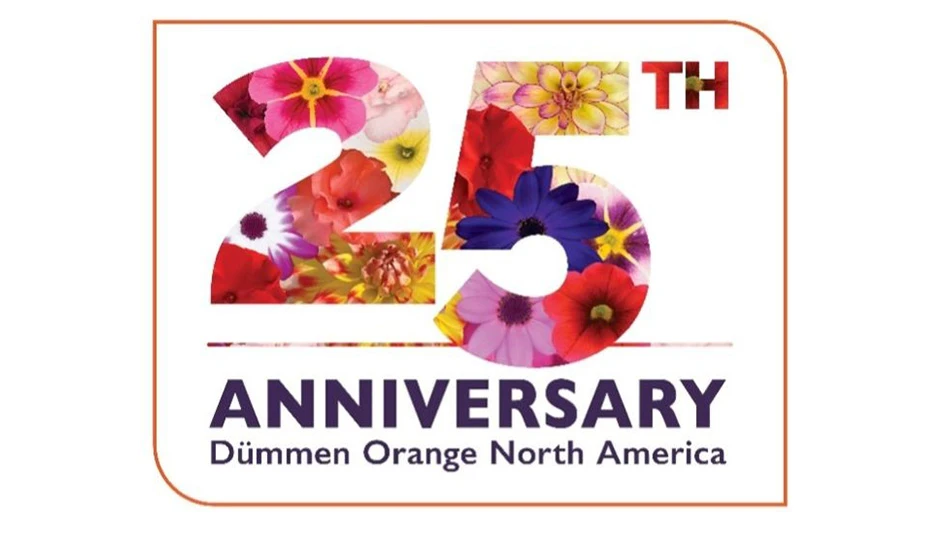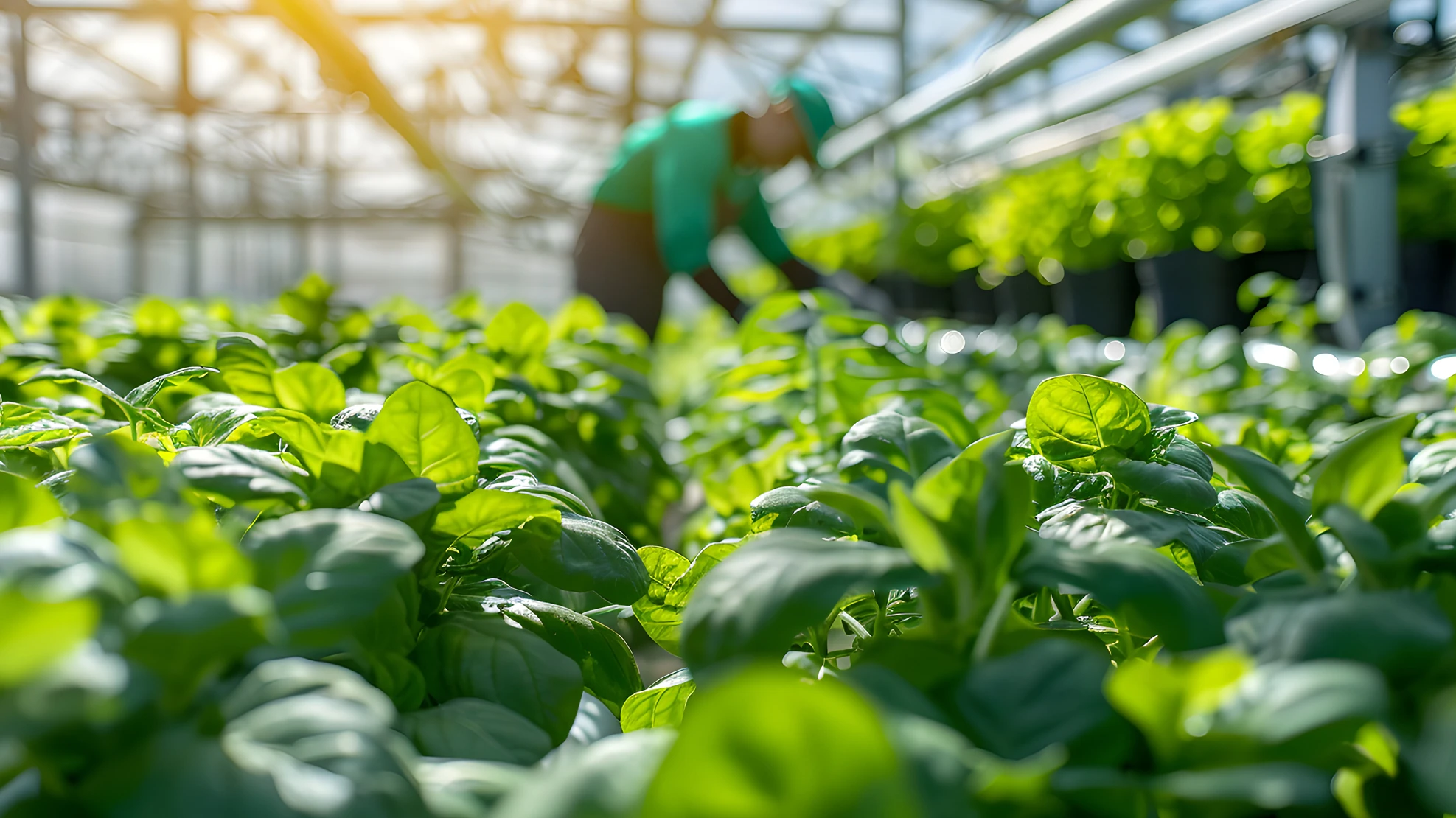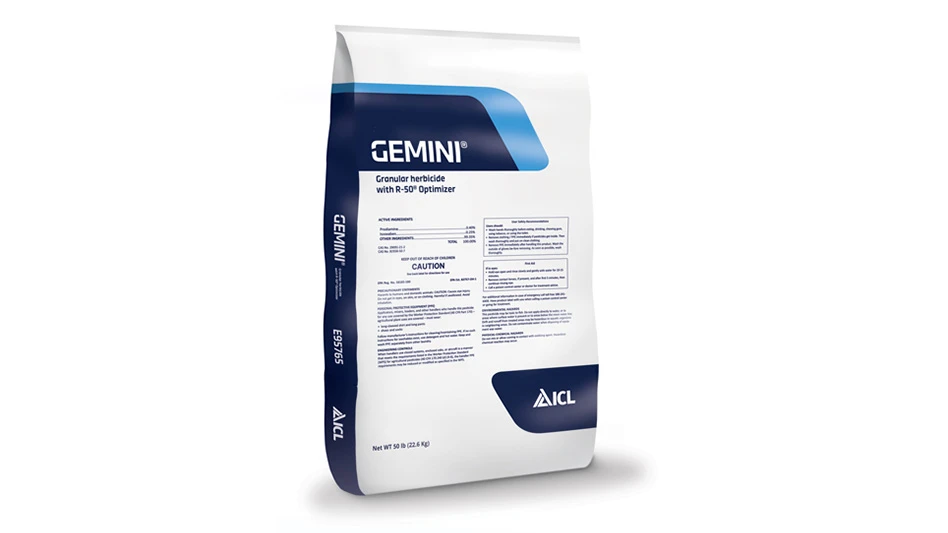
The COVID-19 crisis has hit Minnesota's green industries hard. On March 26, to stop the spread of the coronavirus,Gov. Tim Waltz included nurseries, greenhouses, landscape architects and similar businesses on the non-essential businesses list that were ordered to close. But yesterday, even as the governor extended the state's stay-at-home order another three weeks to May 4 (it was originally set to expire on April 10), the green industry got the break it was hoping for: the green industry would immediately be allowed to operate, with restrictions.
Minnesota's Department of Agriculture issued guidelines that specifically allow greenhouses and nurseries to conduct business under certain restrictions. Among some of the new guidelines:
- Do not offer onsite food consumption/sampling
- Configure the layout of the business to build in 6 feet of separation (unless already in place)
- Limit number of customers in the facility as much as possible
- Develop a one-way traffic pattern for entering and exiting the area
- Create boundaries and signage for the new traffic flow
- Widen space between aisles and check-out lanes
- Mark 6-foot spacing in aisles to keep the public compliant
- Provide hand sanitizer/hand-washing stations at entrances
- Encourage pre-ordering and pick-up of order in lieu of in-person sales
The order allows all nurseries, garden centers and landscaping/lawn care businesses to reopen immediately if they follow the proscribed guidelines. For landscapers, lawn care specialists, arborists and others, the U.S. Department of Homeland Security's CISA guidelines apply.
Get curated news on YOUR industry.
Enter your email to receive our newsletters.Latest from Greenhouse Management
- Flexible fungicides
- Super Charged Moon Juice from Moon Valley Nurseries now available nationally
- 2025 Proven Winners Horticulture Scholarship applications now open
- How to improve inventory and shipping management in the greenhouse
- Leading Women of Horticulture: Anna Ball, Ball Hort, and Terri McEnaney, Bailey Nurseries
- GM CEA HERB Part 2: A guide to increasing the sowing density of culinary herbs
- GM CEA HERB Part 1: Best practices for producing culinary herbs in controlled environments
- USDA fires experts on invasive pests, including Asian citrus psyllid, chilli thrips






